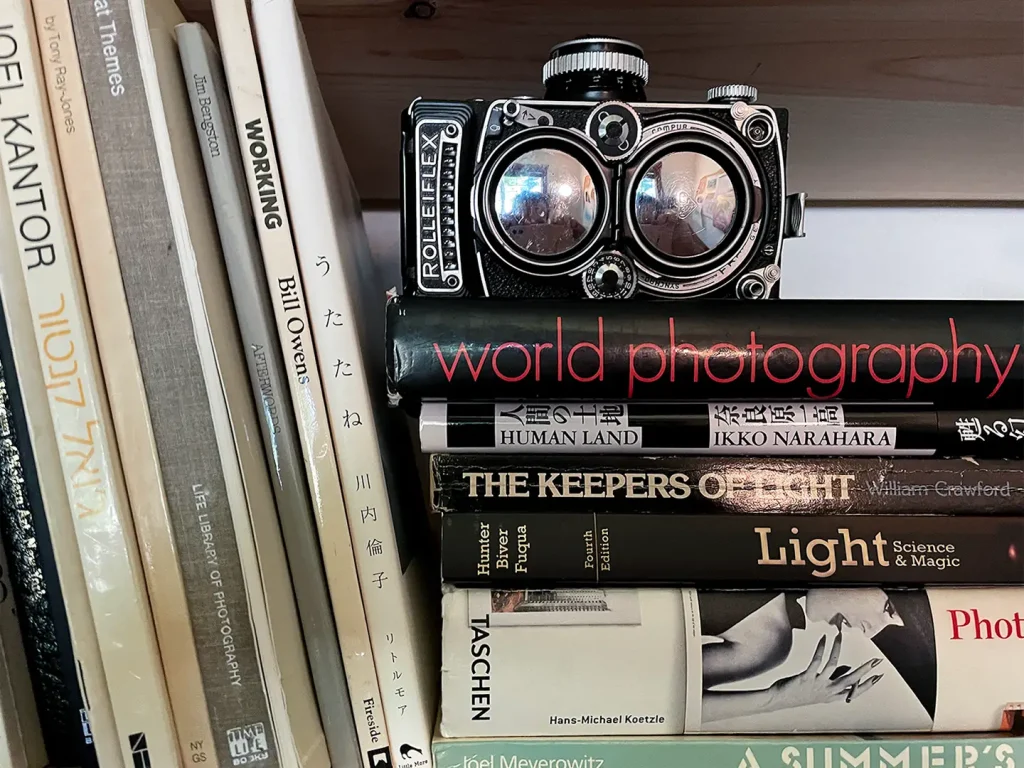
I've been trying to improve my black and white photo taking skills. I learned to take photos with slide film and digital cameras, and in general it was for composite purposes. B...

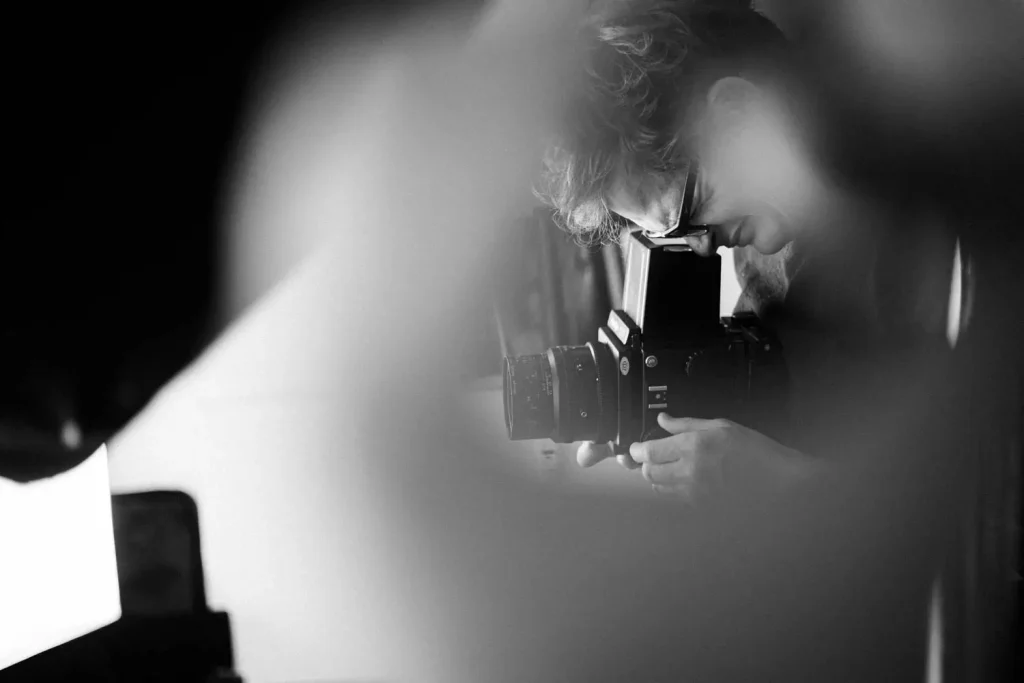
14 April, 2021
My Approach to Portrait Photography on Film – By Ken Wagner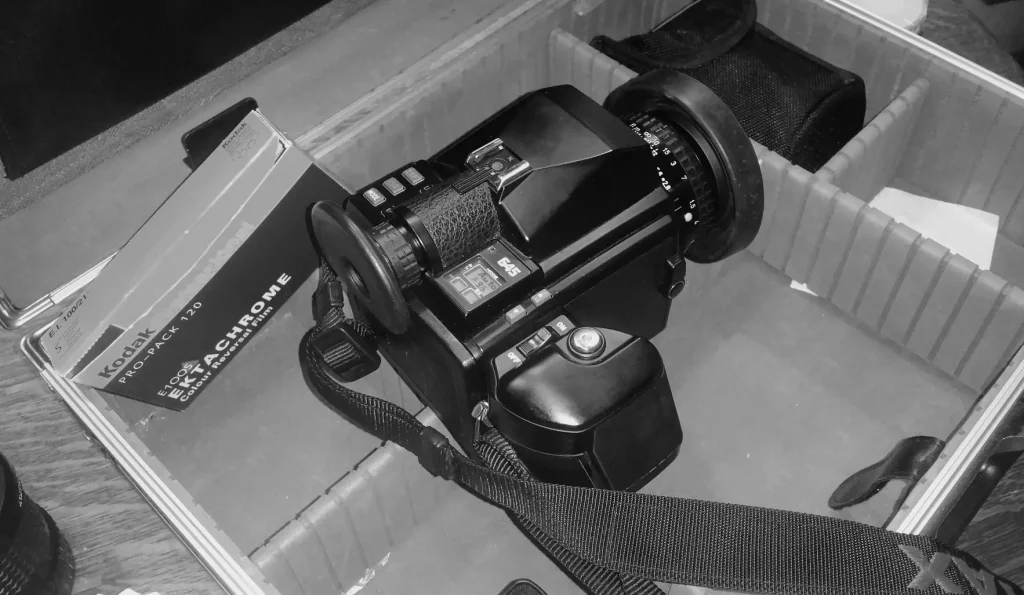
13 September, 2020
5 Frames with Pentax 645 (Ultrafine Xtreme 100 & TMAX 400) – By Christoph Traugott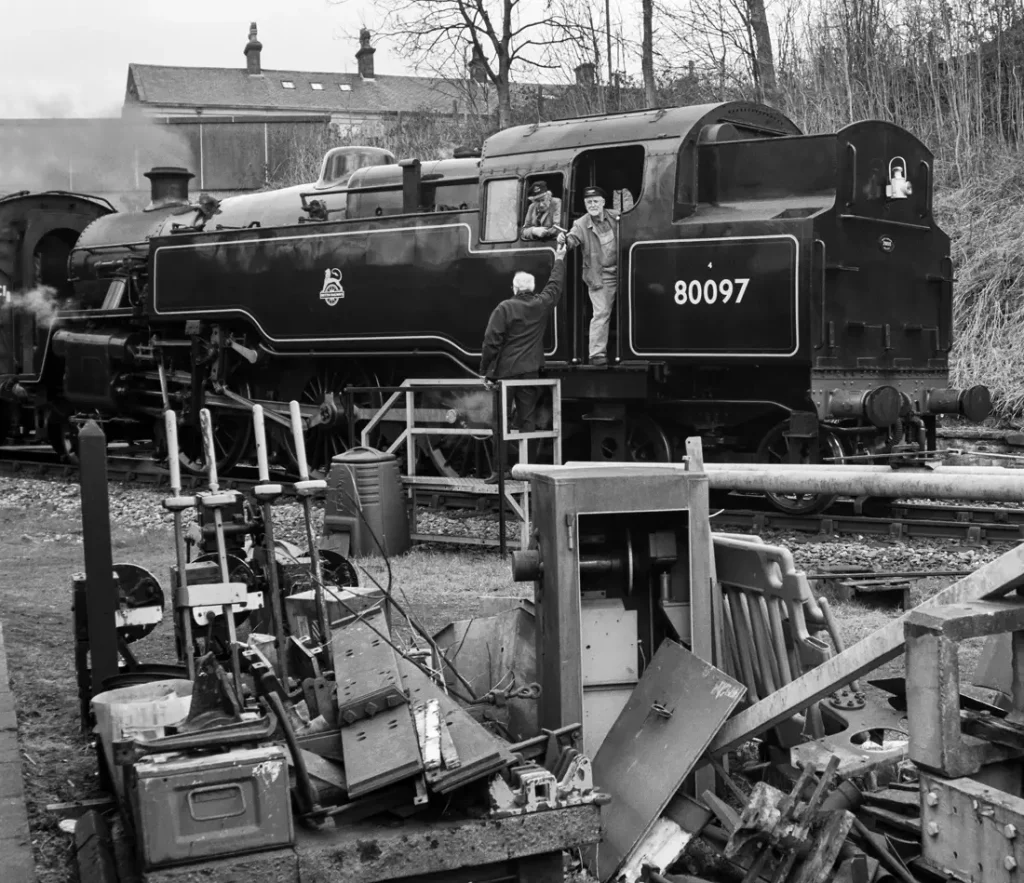

14 June, 2020
5 Frames with a Zeiss 35mm f/2.8 C Biogon, Leica M6 and T-Max400 at EI400 – by Phil Harrison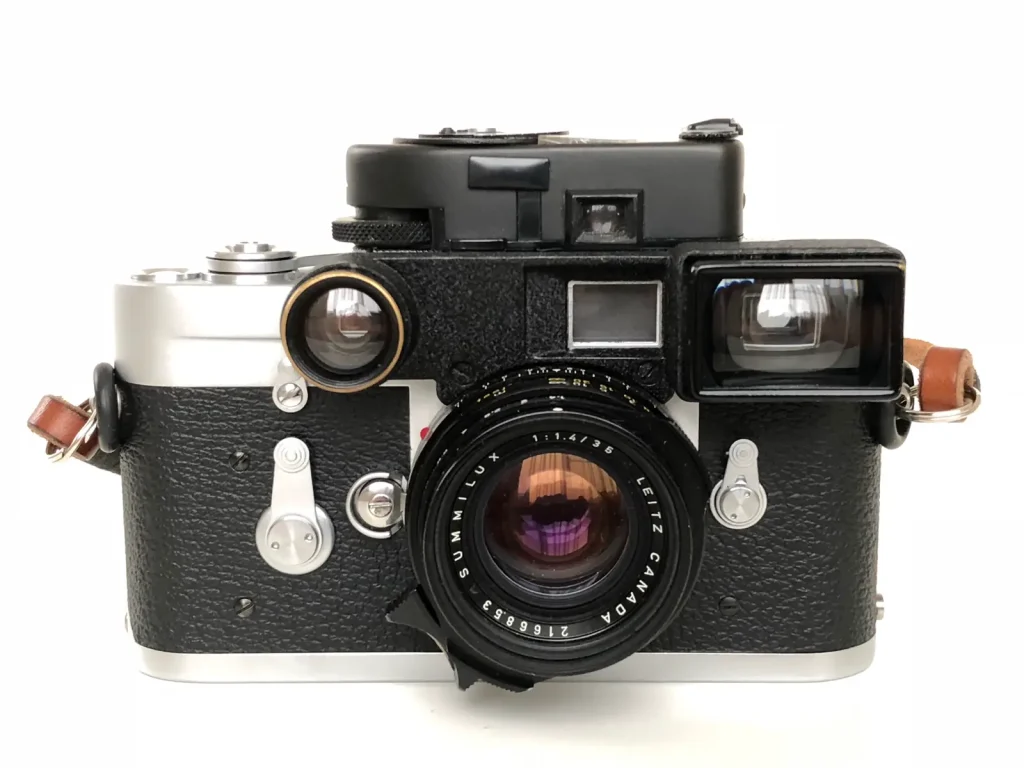
19 February, 2020
Pushing T-Max 400 to EI3200 with a Leica M3 Monochrom and First-Gen Summilux 35mm f/1.4 – Steven Bleistein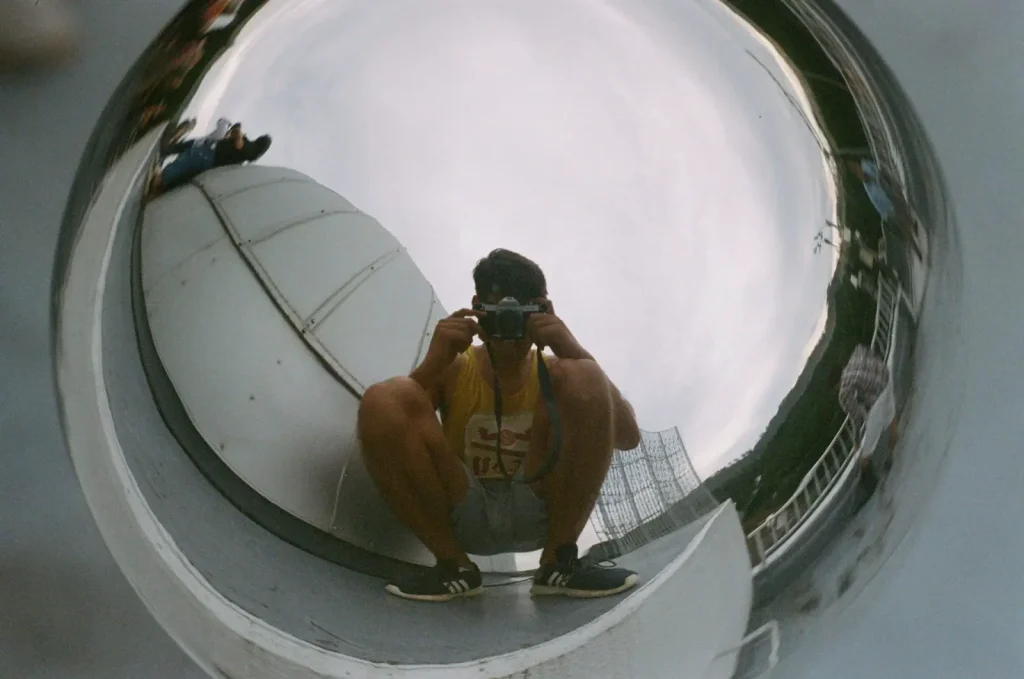
3 January, 2020
5 frames with an Asahi Pentax K1000 – By Oscar Capdevila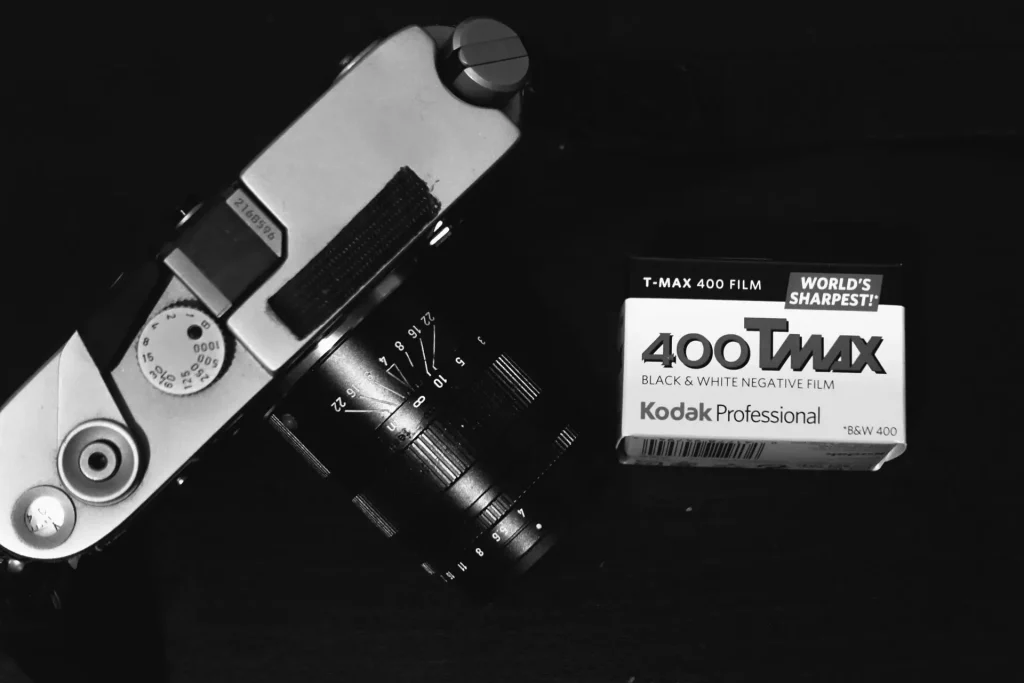
6 October, 2019
5 Frames with Kodak T-Max 400 – by Simon King